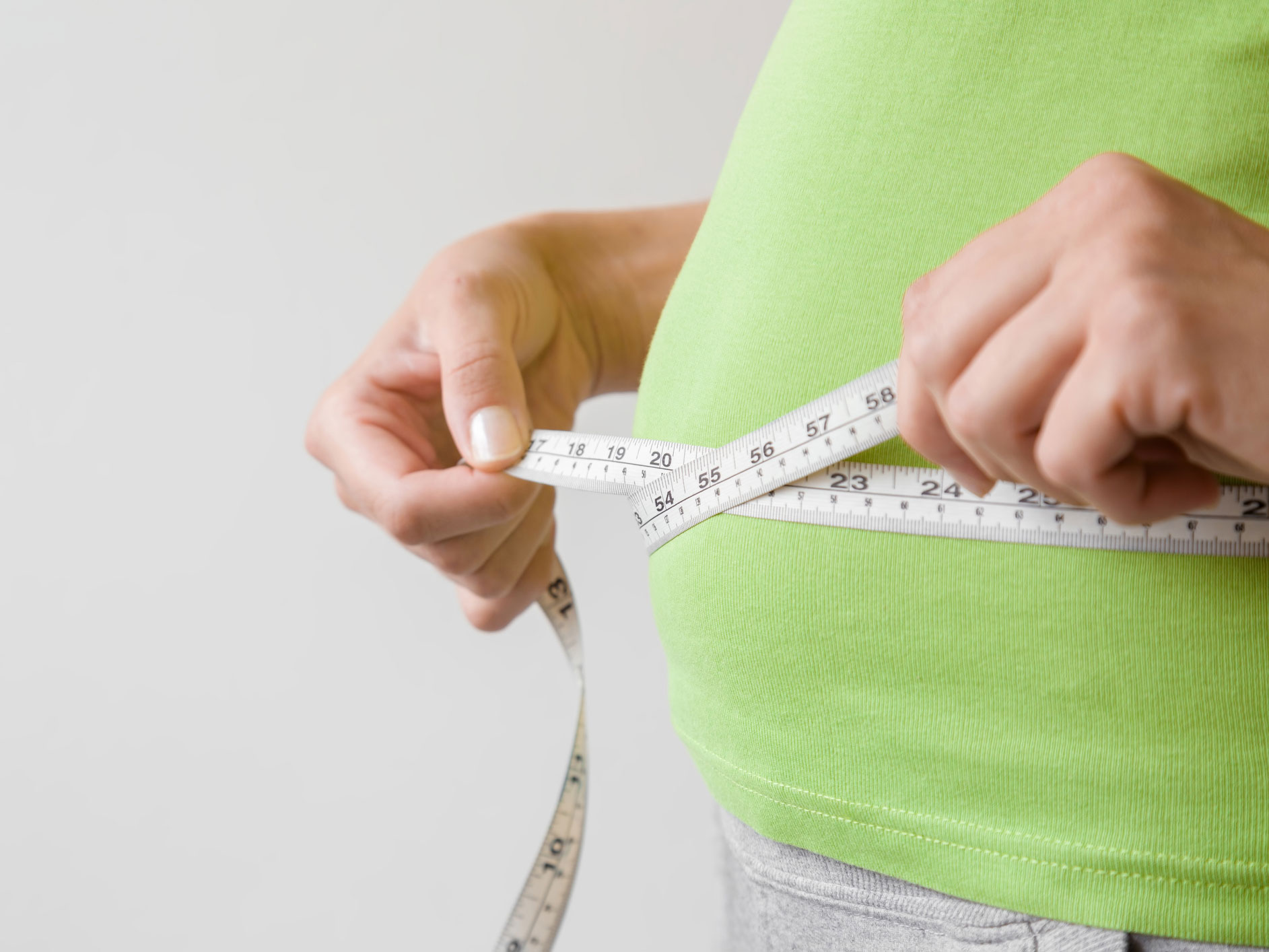Get Easy Health Digest™ in your inbox and don’t miss a thing when you subscribe today. Plus, get the free bonus report, Mother Nature’s Tips, Tricks and Remedies for Cholesterol, Blood Pressure & Blood Sugar as my way of saying welcome to the community!
5 things you need to know about belly fat

If there’s one thing most people have learned about visceral fat (think “beer bellies” and apple-shaped bodies), is that it’s bad.
And they’re right…
A new study confirms yet again that visceral (belly) fat is connected to heart disease, above and beyond any risk related to excess weight.
Previous research has also linked visceral fat to everything from type 2 diabetes to cancer to breathing problems. This is in contrast to leg fat, love handles, buttock fat and fat in the arms, all of which appear to be relatively harmless — even if not always pretty.
But if you’re interested in your heart’s health (and if you’re reading this, I know you are), there are a few more things you should know about visceral fat — including how to reduce it!
1. It is metabolically and hormonally active
Although we tend to think of belly fat as just a filler, it’s much more than that. Think of visceral fat as an organ that is biochemically active. Scientists think that this “organ” can disrupt the healthy function of various hormones, like insulin, leading to an increased risk of heart disease.
Scientists at Harvard have even found that visceral fat produces chemicals called cytokines that have negative effects on blood pressure and blood clotting. Visceral fat has also been directly linked with higher LDL (bad) cholesterol and lower HDL (good) cholesterol levels.
2. It’s different in men and women
After menopause, fat tends to redistribute in women, heading straight to the belly. This is something New York Times health columnist Jane Brody experienced — her waistline expanded even though she weighed less than she did as a teen. The culprit? Visceral fat. Fat distribution in men doesn’t change as much with age, although men tend to start out with more belly fat than women in the first place.
3. It’s easy to measure
If you have a soft tape measure, you can check if you’re at risk from belly fat. While standing up straight, exhale but don’t suck in your gut. Starting at the top of your hip bone bring the tape measure all the way around your body, level with your belly button. Make sure the tape is not too tight and that it’s straight, even at the back. Now, look at the number. If you’re a woman and your circumference measurement falls above 35 inches (88 cm), or if you’re a man and the number falls above 40 inches (102 cm), you’re at high risk of experiencing health consequences related to visceral fat.
4. You can combat it with exercise
Remember how I mentioned last week that it’s tricky to lose weight by exercising — but that you should still exercise? In case you weren’t convinced enough, here’s another reason: Scientists think that visceral fat can be eliminated through things you have control over.
And one of the most important is exercise. Harvard researchers recommend 30-60 minutes of daily aerobic exercise at a moderate intensity (plus strength training for general health) to shed belly fat. (Although it seems like it should work, spot training your abs alone won’t get rid of visceral fat – but spot training will help strengthen your core and that’s good for you, too!)
5. A healthy diet also helps
If you’re already following my eating recommendations, know that a healthy diet will also help reduce visceral fat. Continue choosing whole plant-based foods, while limiting processed items, avoiding saturated fats, cured meats, and sugary drinks, and controlling your portions.
When it gets challenging to pack healthy nutrients in, remember that we’ve done the hard work for you at Step One. Our products are full of nutrient-dense whole-food ingredients. So, if you know your diet needs improvement, belly fat or no belly fat, today’s a great day to start!
Editor’s note: What do you really know about stroke? The truth is, only 10% of stroke survivors recover almost completely, and all doctors can offer is what to do after a stroke occurs. That’s unacceptable considering 80% of strokes are preventable! Click here to discover how to escape The Stroke Syndrome: 5 Signs it’s Stalking You — Plus the Hidden Causes and Preventive Measures You’ve Never Heard About!













